Do you ever find yourself chuckling over those “what were they thinking” moments in product naming? Today, we’re discussing the brands names that had worst product name. Consider Mini Poo, a name that flushed its market potential down the drain, or the Bone Phone, making you wonder if skeletons needed their own hotline. Ready for a laugh? Roll the tape.
The Swinging 60s: Mini Poo Dry Shampoo
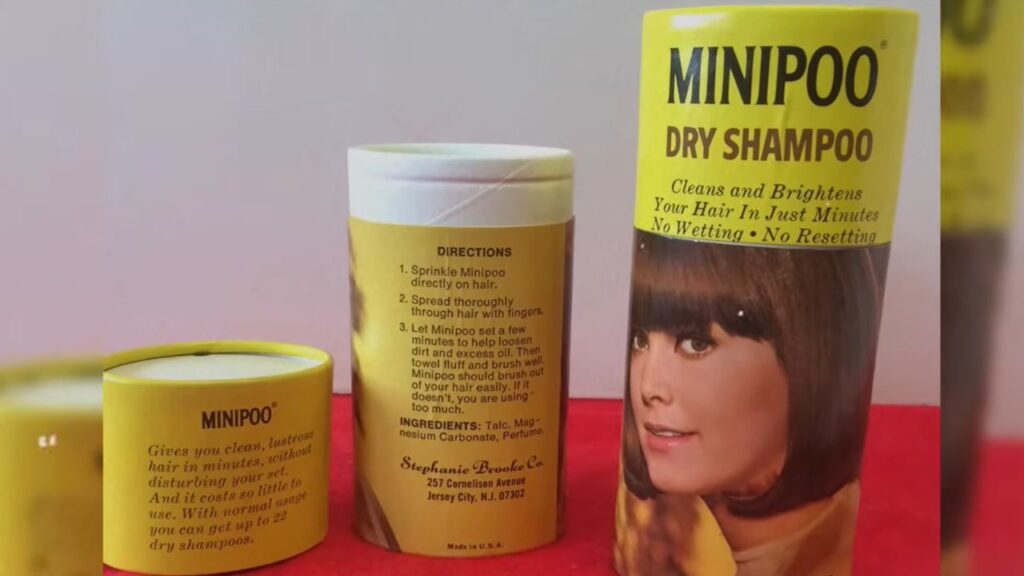
In The Swinging 60s, Mini Poo emerged, redefining hair freshness without a drop of water. Though pioneering as the first dry shampoo, its name, born from a playful twist on minimal shampooing, quickly became the butt of jokes, making it the number one topic in awkward product names.
Its launch stirred quite the commotion, promising clean hair anytime, anywhere. Yet, as competitors with less bathroom humor names appeared, Mini Poo’s spotlight dimmed, becoming a quirky relic of past convenience.
The 70s Revolution: Jockey’s Micro Briefs

In 1979, Jockey’s Micro Briefs revolutionized men’s comfort with a three-panel design. However, the name sparked unintended snickers, suggesting a micro fit that many feared would leave little to the imagination.
The name, intended to highlight its compact yet powerful support, became a lesson in suggestive branding, leading to chuckles in the aisles. Despite its innovative snugness, the briefs remained a niche memory, overshadowed by less eyebrow-raising alternatives—a snug whisper in the history of undergarments.
Sweet Irony: Ayds Diet Candy
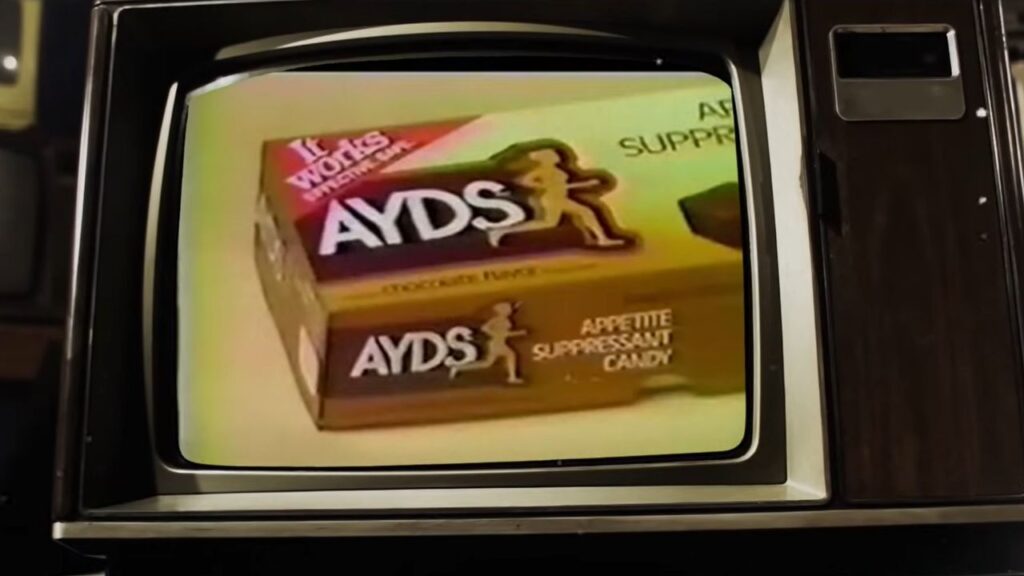
Ayds, the diet candy of the 70s, promised weight loss bliss. Ironically named long before the AIDS crisis, its tagline “lose weight deliciously with Ayds” soon became a marketing nightmare.
The unfortunate phonetic match led to a dramatic sales drop as the epidemic rose. Attempts to rebrand couldn’t shake the association, turning a once popular brand into a case study on the importance of names, marking a sweet idea with a bitter end.
The Potato Problem: Spud Cigarettes
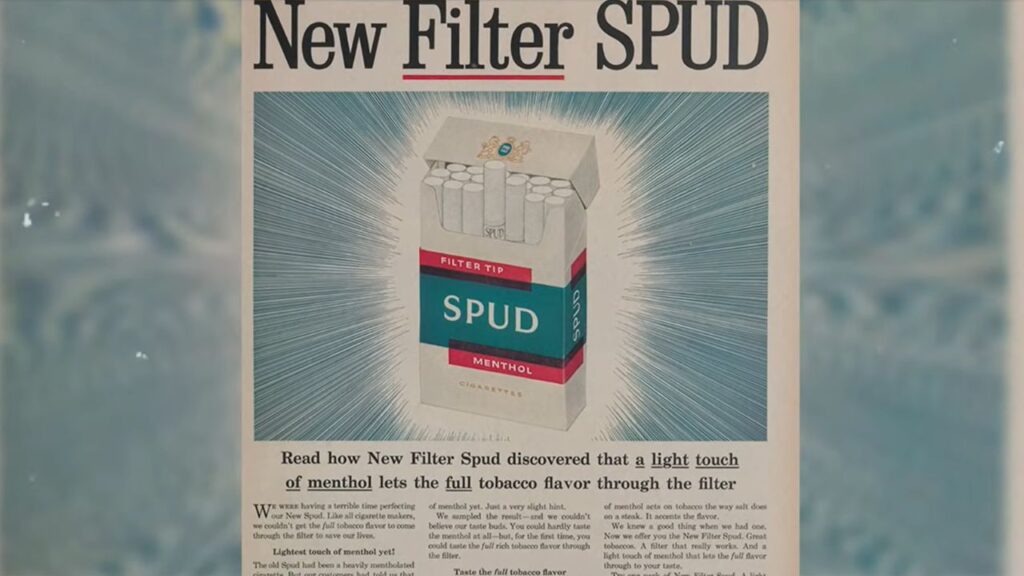
In 1957, Spud Cigarettes attempted to carve a niche with a name inspired by potatoes, betting on the veggie for a unique selling point. The idea to offer a fresh alternative in tobacco, however, left consumers confused, finding the concept of smoking a spud less than appetizing.
Competing against brands with more smokable names, Spud’s flame quickly fizzled out, leaving it as a curious puff in the history of tobacco marketing—a reminder that not all innovations are digestible.
Clinical Comfort: Meds Tampons
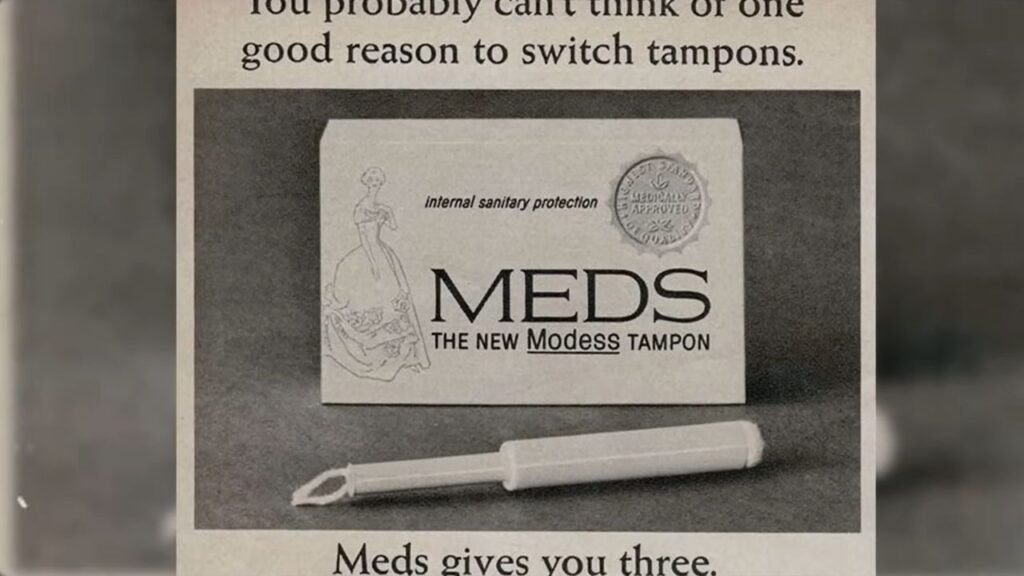
Meds Tampons entered the scene with a name that exuded clinical assurance. Launched with the promise of doctor-approved comfort, the brand aimed to merge hygiene with healthcare. However, the sterile connotation didn’t sit well with consumers looking for comfort in those delicate moments.
The name’s medical vibe turned personal care into a cold procedure, leading to its quiet disappearance. Meds became a lesson in the fine line between trust and personal touch in naming.
Crunchy Confusion: Cracks Crackers
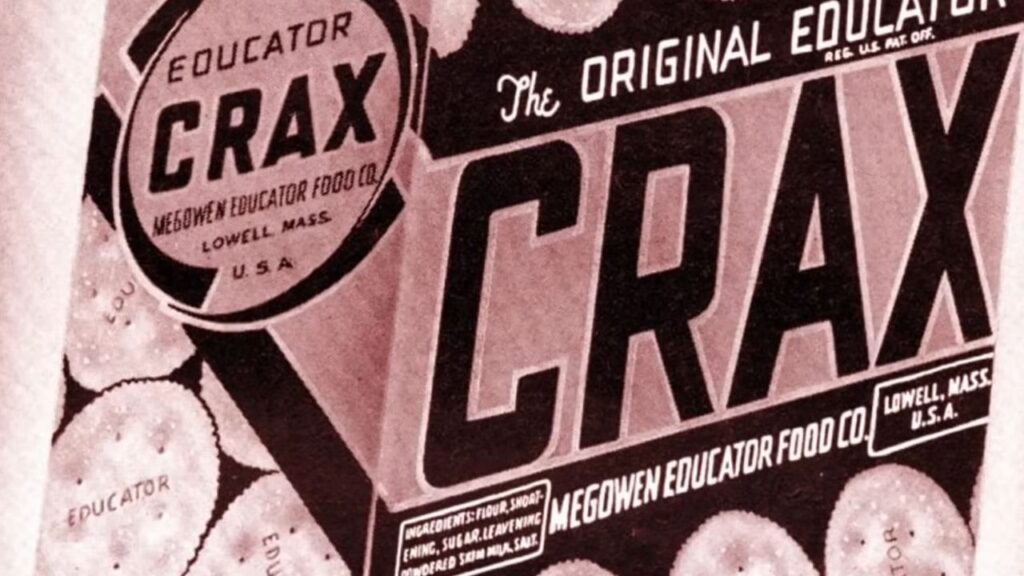
Cracks Crackers, bursting onto the snack scene, hoped its onomatopoeic name would resonate as the sound of irresistible crunchiness. Despite the ambition, its name evoked more amusement than appetite, overshadowing the product’s quality.
Launched with the slogan “crack open a Cracks for maximum snacks,” it struggled against competitors who offered a more wholesome image. Eventually, Cracks crumbled into obscurity, a crunchy tale of ambition that didn’t quite taste as expected.
The Dirt Dilemma: Soilax Cleaner
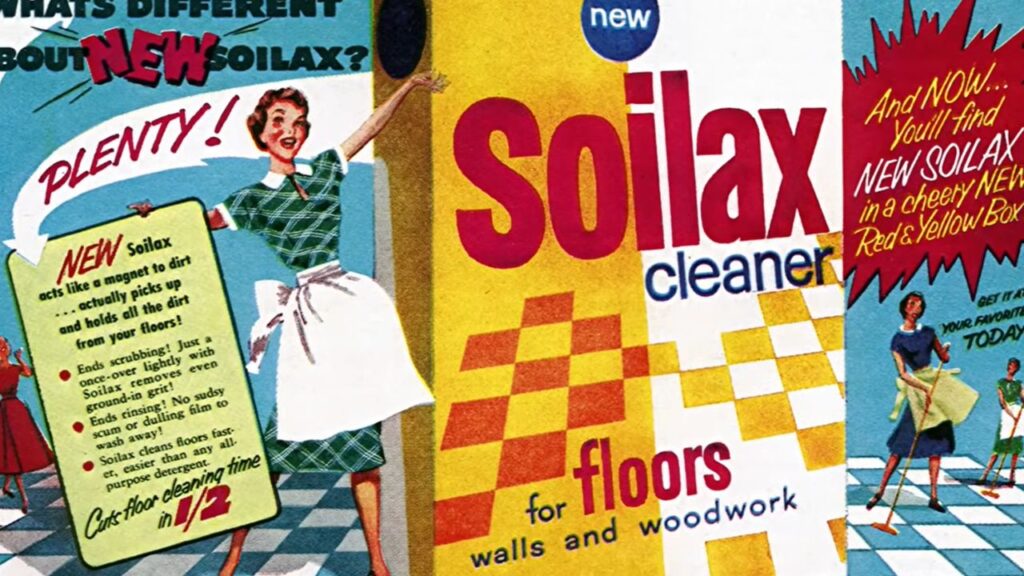
Soilax Cleaner hit the shelves in the ’50s with a bold promise to annihilate dirt. Marketed with “dirt’s worst enemy” as its battlecry, the product’s name ironically mirrored the very mess it aimed to clean.
Consumers were baffled, preferring brands that didn’t sound like the problem itself. As cleaner names arrived, Soilax was swept into the dustbin of history, a dusty example of when literal naming backfires, leaving behind a clean slate.
Misleading Richness: Cholestrol Hair Treatment
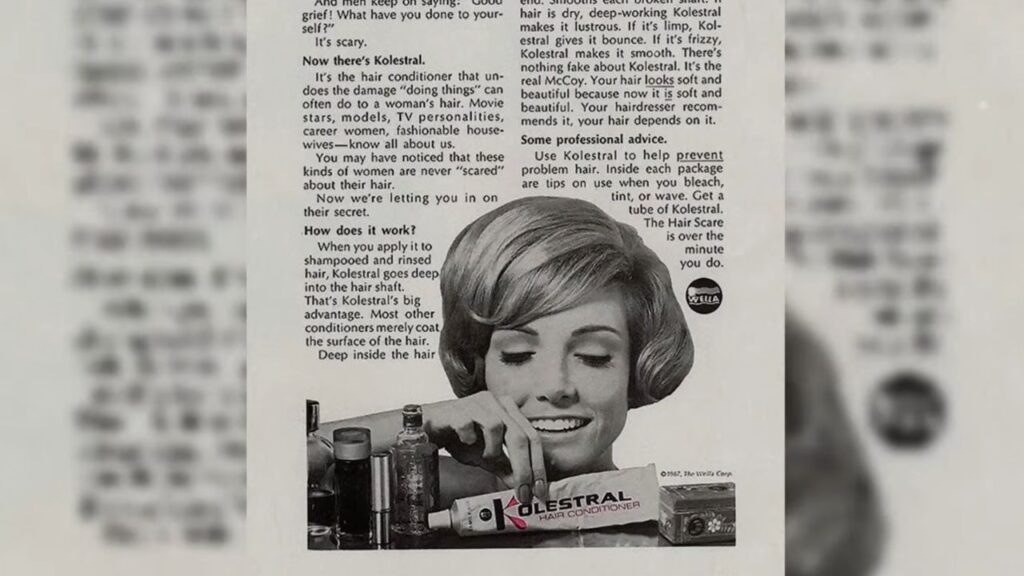
In 1966, Cholestrol promised to nourish hair with a name unfortunately reminiscent of cholesterol, confusing consumers about its benefits. Despite its intent to signify richness and depth for hair care, the health-conscious public hesitated, wary of the implications.
The beauty world’s shift towards lighter, natural names led to Cholestrol’s decline, turning a potentially rich legacy into a greasy memory—a slip in the market’s shower of products.
Macho Misfit: Big Yank Leisure Wear
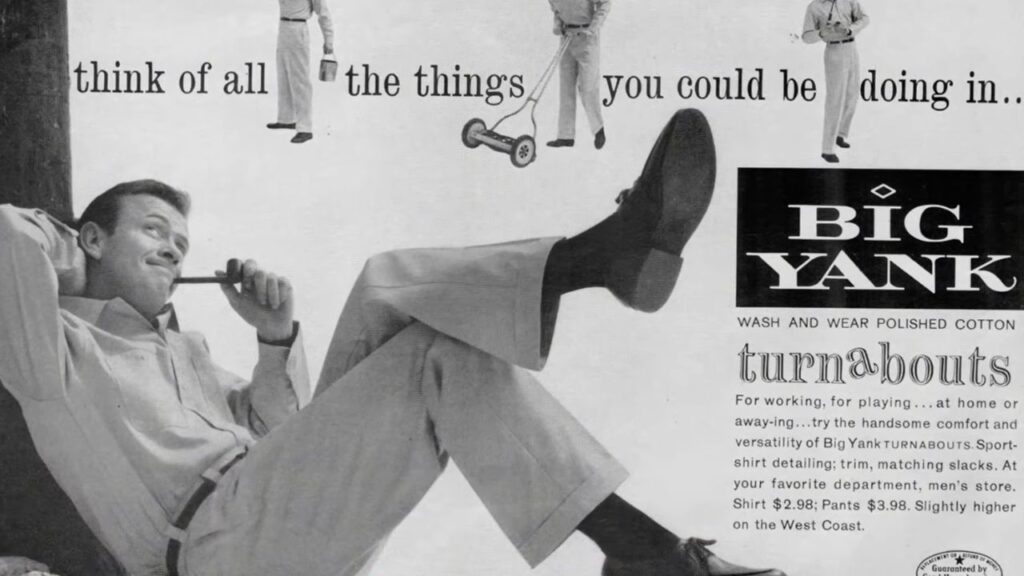
Big Yank Leisure Wear, launched with the promise of rugged durability, found its muscular name flexing more humor than fashion. Aiming to dress the modern man in unbreakable fabric, it instead dressed conversations in laughter. As fashion trends leaned towards subtler elegance, Big Yank’s machismo became an oversized misfit in the wardrobe of time, a reminder that in the fashion world, sometimes less is more, and softer can be stronger.
Youthful Oversight: Thumbs Up Jeans
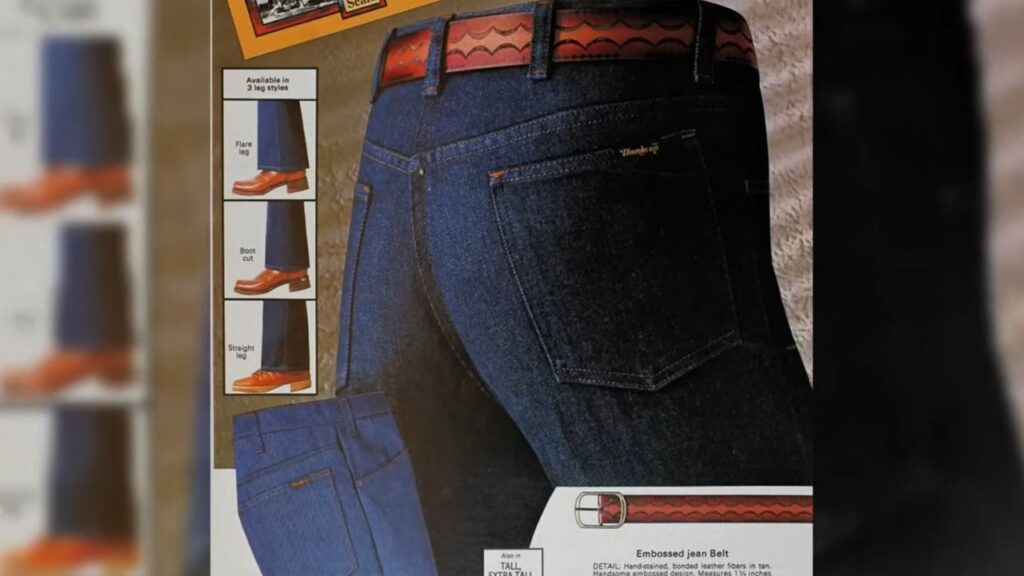
Thumbs Up Jeans by Sears in 1983 aimed to capture the youth with a gesture of universal approval. Marketed with “say yes to style,” it hoped to weave positivity into denim. However, its cheerful name clashed with a generation seeking edgier symbols of identity, making it a fashion misstep. As the denim narrative evolved, Thumbs Up faded, a lesson that in the quest for cool, some thumbs are bound to point down, weaving itself into the fabric of bygone trends.
Preventive Puzzles: Pro-filac-tic Toothbrush
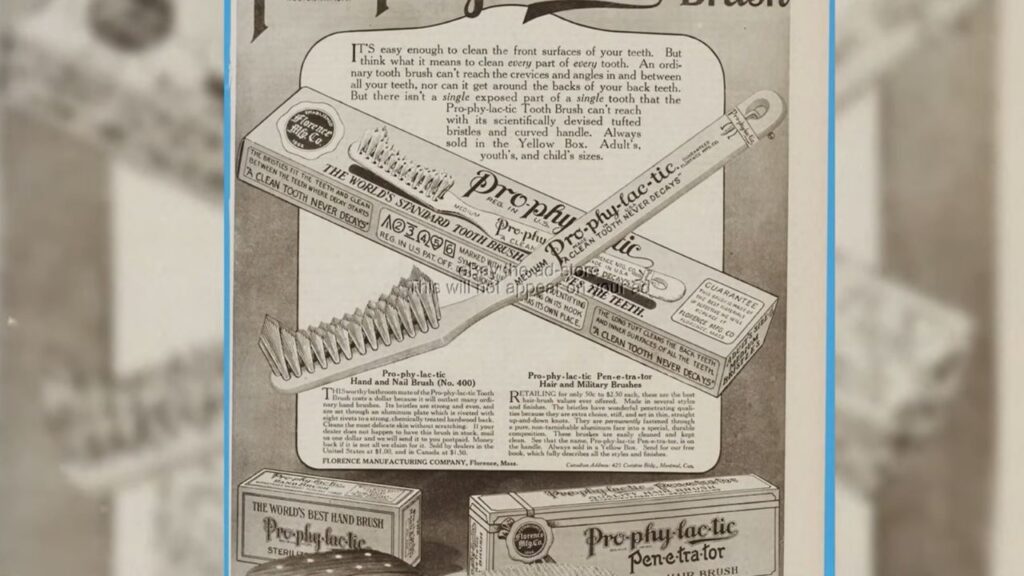
In the toothbrush tussle of the early 20th century, Pro-filac-tic aimed to brush away competition with a name oozing medical prowess. Launched with the promise of preventing dental dilemmas, its name, inspired by its preventive care ethos, ironically left customers more puzzled than persuaded. Despite pioneering in plaque prevention, the toothbrush’s cold, clinical name couldn’t charm the masses yearning for warmth in their morning routine, leading it to be brushed off the shelves—a bristly relic of dental ambition.
Epic Freshness: Quest Feminine Deodorant
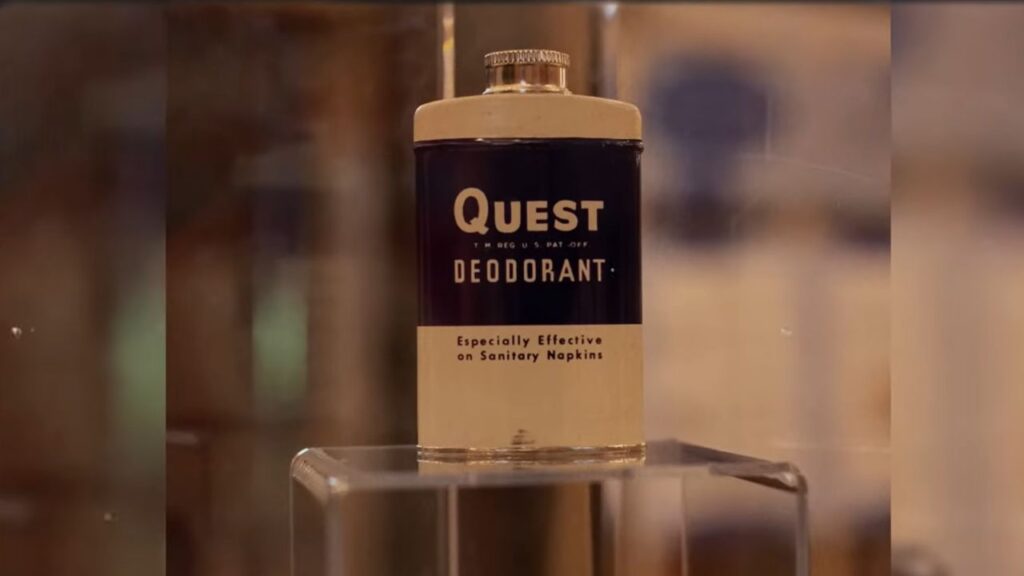
Quest Feminine Deodorant set sail in the personal care sea with a name that promised an epic journey to freshness. Introduced with the tagline “embark on a quest for confidence,” its adventurous name ventured too deep into the realms of fantasy, overshadowing its practical purpose.
Launched when consumers craved straightforward benefits over tales of odyssey, Quest’s narrative drifted too far from shore, eventually sinking into the depths of forgotten products—a whispered legend in the aisle of personal care.
Robotic Sensitivity: Android Medication

Android Medication stepped into the sensitive arena of impotence treatment in 1980, banking on a futuristic name to signal a new era in medical breakthroughs. Its tagline “the future of men’s health” hoped to appeal to tech-savvy consumers, but its mechanical moniker felt too robotic for an intimate issue. As more approachable names entered the market, Android’s cold tech vibe failed to resonate, leaving it a cautionary tale in naming for sensitive health products.
Beauty Aspiration: Young and Free
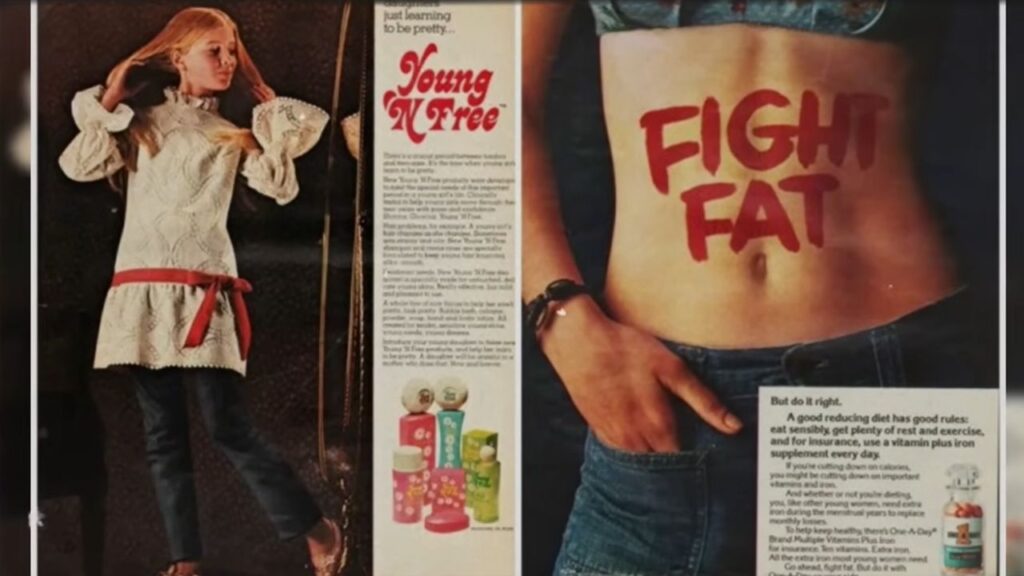
Young and Free, in 1970, splashed onto the beauty scene with a name that promised eternal youth and liberation. With slogans like “unlock your youth, unleash your freedom,” it aimed to bottle the fountain of youth for the modern teen. However, as societal shifts celebrated authenticity over aspiration, its prescriptive name aged poorly. Fading into the background as narratives championing natural beauty and individuality rose, leaving Young and Free as a footnote in the evolving beauty lexicon.
Sweaty Missteps: Wonders Sauna Hot Pants
Wonders Sauna Hot Pants, the 70s fitness fad, promised sweat-soaked slimming in style. Its launch campaign “sweat it out in style” couldn’t save it from becoming a hot topic for the wrong reasons.
The combination of sauna and hot pants suggested more of a fashion faux pas than a fitness revolution, leading it to be remembered more for its audacity than efficacy. As wellness trends leaned towards authenticity, these pants lost their steam, a sweaty memory in the closet of fitness fads.
Enigmatic Lingerie: Suspense Underwear
Suspense Underwear entered the intimate apparel arena with a name designed to intrigue and promise unparalleled support. Marketed with “suspend your disbelief in comfort,” it aimed to weave a mystery around support and style.
However, its cryptic allure left consumers confused, overshadowed by brands that championed clear comfort and chic design. As the lingerie landscape matured, Suspense’s enigmatic charm faded, slipping into the shadows of fashion’s past—a whisper of what could have been.
Lavatory Luxury: Church Jewels Toilet Seats
Church Jewels Toilet Seats aspired to sanctify the loo with lavatory luxury, branding itself as the throne’s crowning glory. Introduced with “elevate your bathroom experience,” it sought to blend divine decor with daily necessity. However, its grandiose name clashed with the simplicity most desired in their private chambers.
As bathroom trends leaned towards minimalism, Church Jewels flushed away into obscurity, a testament to the delicate balance between aspiration and practicality in product naming.
Nostalgic Wear: Carter’s Old Spanky Pants
Carter’s Old Spanky Pants dove into the children’s wear market in 1964 with a name that aimed to blend nostalgia and a pinch of cheekiness. With slogans like “Naughty But Nice,” it endeavored to capture the hearts of parents with a mix of sentiment and humor.
However, its whimsical approach struggled to resonate in a market prioritizing straightforwardness and comfort, leaving Old Spanky Pants as a charming yet outdated relic—a giggle in the fabric of childhood attire history.
Canned Confusion: Plopp Candy
Plopp Candy from Sweden aimed to delight with a playful name that backfired when introduced to the English-speaking market. Its tagline, “a sweet explosion,” intended to convey excitement, ended up suggesting something far less appetizing.
The name’s unfortunate phonetic resemblance to less pleasant connotations overshadowed its creamy, caramel-filled charm. As candy branding evolved towards more universally appealing names, Plopp became a chuckle-inducing memory—a sweet lesson in the importance of linguistic consideration.
Footwear Folly: Hike Aboot Canadian Shoes
Hike Aboot, the Canadian footwear brand, aimed to capture the essence of rugged outdoor adventure with a name echoing the friendly Canadian “about.” Marketed with “tread the true north,” it hoped to stand out in the hiking boots market. However, its playful name didn’t quite convey the sturdy reliability serious hikers sought, leading it to be overshadowed by more solidly named competitors. As outdoor gear trends leaned towards robustness, Hike Aboot trod into the background—a friendly reminder of branding’s terrain.
Bug-busting Blunder: Scat Fly Repellent
Scat Fly Repellent buzzed onto the scene with a name directly evoking its bug-busting prowess. Introduced with “scat, scram, shoo,” it aimed to communicate its efficiency.
However, its name stirred unintended humor, making consumers laugh as they fended off flies. As competitors with less comic names entered the fray, Scat’s shooing success became a buzzed-about memory in the annals of entomological products—a repellent with a repellant name.
Frozen Follies: Creemee Freeze Ice Cream
Creemee Freeze Ice Cream sought to capture summer delight with a name as creamy as its texture. Marketed with “cool down with Creemee,” it aimed to blend whimsical fun with frozen indulgence.
However, its playful name clashed with an audience leaning towards more straightforward indulgences, leaving it melting in the freezer aisles. As the ice cream market evolved, favoring bold and natural names, Creemee Freeze drifted into nostalgia—a scoop of yesteryear’s branding whimsy.
Cultural Clash: Pee Cola
Pee Cola from Ghana aimed to quench thirst with a name that, in its native context, simply meant “very good Cola.” However, its international aspirations were hampered by a name that elicited chuckles rather than refreshment.
The linguistic twist underscored the importance of cross-cultural considerations in branding. Despite its local success, Pee Cola’s attempt to fizz internationally fell flat—a bubbly lesson in the carbonation of global marketing mishaps.
Medicinal Mishap: Mydol Menstrual Relief Tablets
Mydol Menstrual Relief Tablets endeavored to provide monthly comfort with a name reflecting ease and relief. However, the delicate balance between medicinal assurance and menstrual sensitivity led to mixed reception. As more empathetic branding emerged, Mydol’s straightforwardness couldn’t match the evolving narrative of understanding and care. It remains a subtle footnote in the annals of menstrual care—a reminder that sometimes the simplest names need the most delicate touch.
Spirited Controversy: Chicken Cock Whiskey
Chicken Cock Whiskey, a Prohibition-era spirit, aimed to strut its stuff with a name full of bravado. Launched with “the rooster that rules the roost,” it sought to blend boldness with the bootlegging spirit. Yet its risqué name proved a double-edged sword, catching eyes but raising brows. As whiskey brands matured, Chicken Cock became a quirky relic of spirited branding—a feathered tale in the cask of alcohol history.
Fruity Blush: Climax Bananas
Climax Bananas entered the fruit market with the aim to evoke the pinnacle of ripeness and taste. Marketed with “reach your peak with Climax,” it aimed to inject excitement into the produce aisle. However, the name’s suggestive nature overshadowed its fruity intent, leading to more blushes than sales. As branding in fresh produce leaned towards wholesome simplicity, Climax slipped from the vine—a ripe reminder of when naming pushes too far.
Medicinal Irony: Dike’s Menthol Cough Drops
Dike’s Menthol Cough Drops, launched with the promise of a cool, soothing remedy, faced an uphill battle with its name. Though intended to convey strong, effective relief, the name’s potential for misinterpretation led to unintended snickers. As more palatable names emerged in the market, Dike’s faded into the background—a cough in the annals of medicinal branding, echoing the delicate balance between strength and sensitivity in product names.
Playful Stretch: Goofy Putty
Goofy Putty tried to mold fun into the ’80s toy market, its name aiming to evoke giggles and creativity. With the slogan “get goofy with it,” it aimed to bounce off the shelves. However, its whimsical name struggled against the more straightforward and iconic brands, leaving Goofy Putty as a playful yet minor blip in toy history—a stretch of imagination that didn’t quite stick.
Lost in Translation: Faggots
Faggots, a British meatball delicacy, found itself lost in translation when attempting to cross the pond. Though a traditional favorite in the UK, its name sparked confusion and discomfort in other markets. This cultural clash highlighted the intricacies of international branding, leaving Faggots as a case study in the importance of linguistic and cultural awareness—a savory dish in its homeland, but a branding puzzle abroad.
Historical Shift: Swastika Jewelry
Swastika Jewelry in the early 20th century aimed to harness the ancient symbol of good fortune and prosperity. However, as history darkened its meaning, the brand faced a monumental challenge. The symbol’s appropriation during World War II led to a rapid decline in its marketability. Despite its initial benign intent, Swastika Jewelry became a poignant reminder of how historical shifts can drastically alter a brand’s perception—a jewel tarnished by time’s harshest lessons.
Viral Coincidence: SARS Appliance
SARS Appliance, named long before the viral outbreak, aimed to convey efficiency and reliability. The acronym stood for “Superior Appliance Reliability Services.” Yet, with the emergence of the Severe Acute Respiratory Syndrome epidemic, the brand faced an insurmountable hurdle. The unfortunate coincidence underscored the importance of flexible branding—a lesson in how names can be reshaped by global events, leaving SARS Appliance as a cautionary tale in brand nomenclature.
Poultry Pun: Choke-A-Chicken Toy
The Choke-A-Chicken toy rode into the ’90s with a name full of poultry puns and playful intent. Marketed with “squeeze for a cluck,” it aimed to amuse and entertain. However, its suggestive name clucked up more controversy than sales, leading it to be a fleeting novelty. As toy brands shifted towards more wholesome fun, Choke-A-Chicken flapped away—a peck in the timeline of toy naming follies.
Humorous Legacy: Weed Eater
Weed Eater’s journey began in 1971, named for its voracious appetite for unwanted greenery. Its catchy name aimed to communicate efficiency and power, a garden tool to gobble up weeds. Despite its humorous connotation, the name resonated well within its niche market. However, as landscaping tools evolved, the brand’s initial impact lessened, leaving Weed Eater as a quirky staple—a proof to how times would twine meaning into their signal, launching ahead of time’s eventual entanglements. Weed found itself pruned back by evolving media landscapes, a lesson in the roots of naming, planting the seed of more foresighted branding in the garden of communications history.
This article highlights how the wrong name can undermine even the best products. Are there any funny names that come to mind, or have you seen a product name recently that made you stop and laugh? Tell us about it in the comments and check out other articles too.

